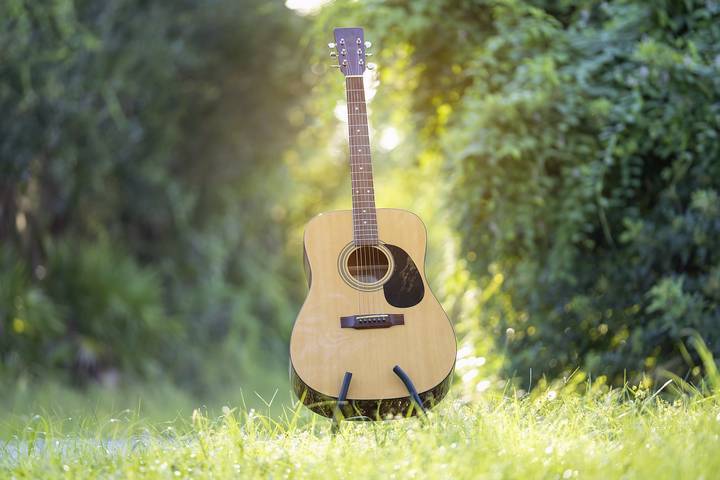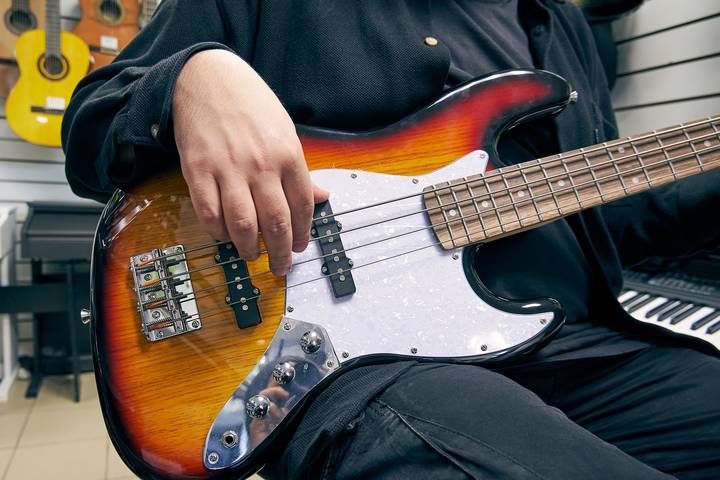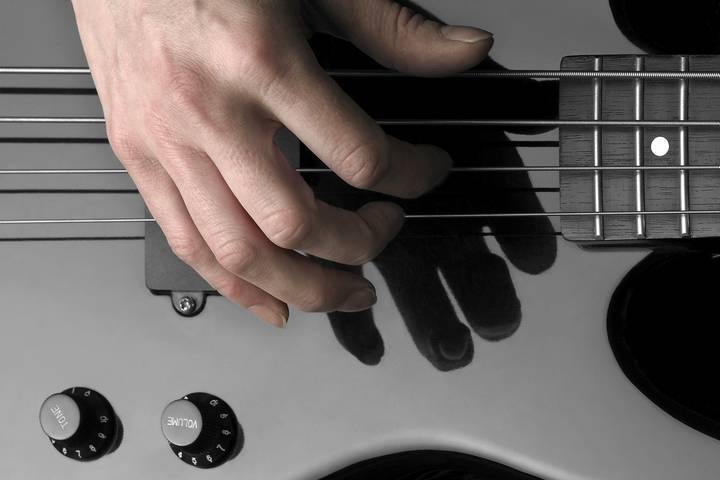How to Play Better Music on the Guitar

Improving your guitar music is a common aim, whether you’re just starting to learn the basics or a seasoned player looking to polish your skills. Many techniques, exercises, and nuggets of wisdom can lift your playing higher. Getting better as a guitarist means practicing, getting to know your instrument, and finding ways to express your musical side.
If you’re eager to advance your skills and sound, here are some practical tips to help you begin.
Master the Basics of Guitar Technique

Good guitar playing depends heavily on strong technique. Whether you’re focusing on chords, scales, or just simple tunes, getting the basics down can really make a difference. Start with your hand position and how you hold the guitar. Keeping your wrist loose and your fingers close to the fretboard makes playing easier.
Practising easy exercises like finger warm-ups and basic scales helps build strength and accuracy. Scales might feel a bit boring, but they are key to understanding the fretboard and bettering finger coordination. Begin with simple patterns like the pentatonic or major scale, then gradually pick up speed as you get comfortable.
Focus on Rhythm and Timing

One of the most overlooked aspects of good guitar playing is rhythm. You can play all the right notes, but if your timing is off, the music won’t flow. To improve your rhythm, practice with a metronome or drum backing track. Begin with simple strumming patterns and focus on locking in with the beat.
It’s also helpful to break down rhythm into sections. For instance, count the beats in a 4/4 measure and practice accenting beats to create a groove. Once you’re comfortable, challenge yourself by playing off-beats or syncopated rhythms, which add a dynamic feel to your music.
Experiment with Nitrocellulose Lacquer Finishes

For those who love guitars, nitrocellulose lacquer finishes are worth checking out. This type of finish is known for bringing out the guitar’s sound qualities and is often linked to vintage models. It’s thinner than modern finishes, which lets the wood breathe more easily, and many players feel this gives the guitar a more natural sound.
With a nitrocellulose finish, your guitar might sound warmer and livelier as time goes on. The finish can also age gracefully, giving your instrument a distinct vintage appearance. For guitarists focused on sound quality, picking a guitar with this finish or refinishing one you already own can be a great way to improve both sound and looks.
Understanding how different finish types affect sound isn’t crucial for everyone, but it can help you appreciate your instrument more. This knowledge may also show you how your instrument changes as you continue to play it.
Practice Dynamics and Expression

The guitar volume makes a big difference. Learning to play quietly in one part and loudly in another adds emotion and keeps people listening.
To work on volume control, take a simple tune or chord sequence and try playing it at various loudness levels. Experiment with how softly or strongly you can play, and notice how it changes the feel. Techniques like palm muting or letting notes ring out can add extra texture to your music.
Develop Your Ear for Music

Having a keen ear for music helps you identify notes, chords, and progressions just by listening, which improves your music skills. Try playing along with easy songs by ear instead of using tabs or sheet music to train your ear. Start with tunes you know well and independently work out the chords or melody.
Another practice is to recognize intervals, which are the spaces between notes. Play two notes on your guitar and name the interval. With time, these exercises connect what you hear to where the notes are on the fretboard, making it easier to improvise and write songs.
Fingerstyle and Pick Technique

Many guitarists usually choose either fingerstyle or pick playing, but learning both can expand your musical skills. Fingerstyle means using your fingers to pluck the strings, which is great for solo performances or giving a softer sound. Using a pick, on the other hand, creates a bright, clear tone and works well for rock and faster music.
Start by practising basic fingerstyle patterns on a simple chord progression, then switch to using a pick for the same pattern. Pay attention to how the tone and feel change. You can adjust your playing style to suit different songs and musical settings by mastering both methods.
Record Yourself and Listen Back

Recording yourself is a great way to get better. When you’re playing, you might overlook small errors or spots where you can improve. Recording lets you listen to your playing from a different perspective. Use your phone or computer to set up a simple recording system and capture your practice sessions or the pieces you’re working on.
As you listen, pay attention to timing, tone, and dynamics. Write down what you think sounds good and what needs work. This routine can help you see your progress and identify areas where you should focus your practice.


